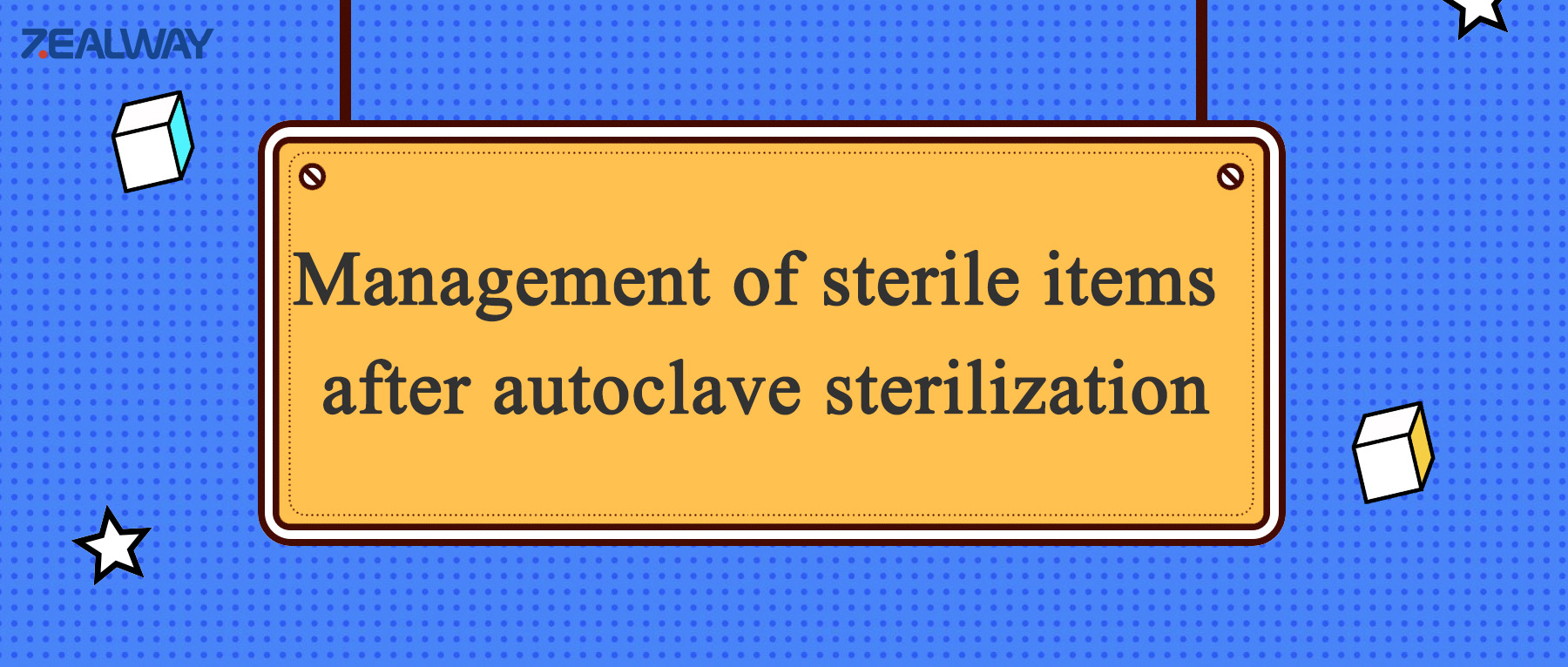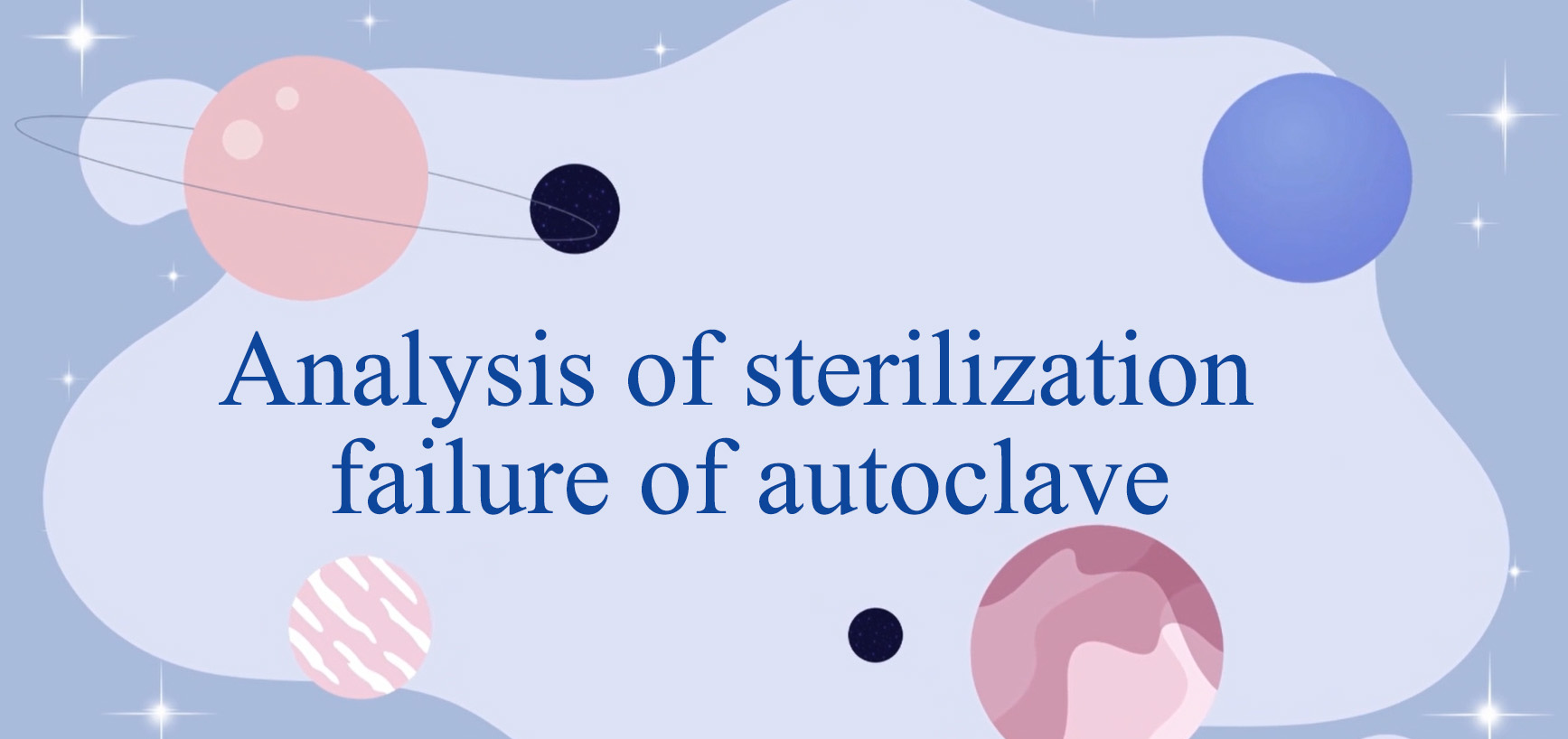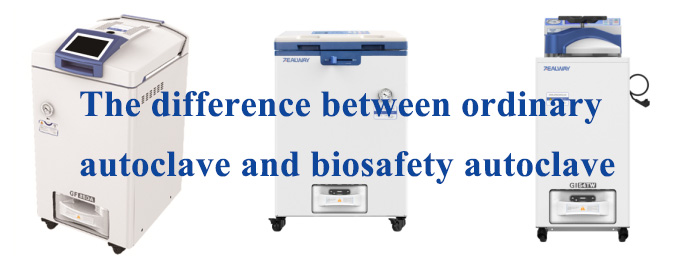
In the medical field, aseptic operation is an important guarantee for ensuring patient safety and treatment effects. As a commonly used sterilization equipment, the management of sterile items after sterilization by autoclaves is even more crucial. Today, we will have an in-depth understanding of the key points in the management of sterile items after sterilization by autoclaves.
I. Storage Environment for Sterile Items
Sterile items should be stored in a dedicated sterile item storage room.. The storage room should be kept clean, dry, and well-ventilated, and protected from direct sunlight. The indoor temperature should be controlled between 20℃ and 24℃, and the relative humidity should be below 70%.
Storage racks or cabinets should be at a height of ≥20cm from the ground, ≥5cm from the wall, and ≥50cm from the ceiling to facilitate air circulation and prevent contamination.
The storage room should be cleaned and disinfected regularly, and methods such as ultraviolet irradiation and peracetic acid fumigation can be used to ensure the sterile state of the storage environment.
II. Identification and Classification of Sterile Items
Sterile cabinets should be positioned and marked, and the interior of the cabinets should be kept dry and clean.
Sterilized items should be labeled with information such as the item name, sterilization date, and expiration date for easy identification and management.
Different types of sterile items should be stored separately by category to avoid confusion. For example, surgical instruments, dressings, and disposable medical supplies should be stored respectively.
Sterile items with special requirements, such as implants and low-temperature sterilized items, should be stored separately with special labels.
III. Expiration Date Management of Sterile Items
The expiration date of sterile items sterilized by an autoclave is generally 7-14 days, and the specific expiration date shall be determined according to the type of items and packaging materials.
During storage, the expiration dates of sterile items should be checked regularly. Items that are about to expire should be used in a timely manner or re-sterilized.
Once sterile items are found to have expired or show signs of contamination, their use should be stopped immediately and corresponding treatment should be carried out.
IV. Distribution and Use of Sterile Items
When distributing sterile items, the principles of aseptic operation must be strictly followed. Distribution personnel should wash their hands, wear masks and hats, and use sterile tweezers or gloves for operation.
Before distribution, check whether the packaging of sterile items is intact, and whether there is any damage, moisture, etc. If there is any abnormality, the items must not be distributed.
The use of sterile items should be carried out in an aseptic area to avoid contamination. During use, attention should be paid to maintaining the sterile state, and sterile items must not be touched at will.
V. Quality Monitoring of Sterile Items
Hospitals should establish a sound quality monitoring system for sterile items, and regularly conduct sampling tests on sterile items sterilized by autoclaves.
Testing items include sterility test, bacterial endotoxin test, package integrity test, etc. Through testing, problems can be found in a timely manner and corresponding measures can be taken to ensure the quality and safety of sterile items.
For sterile items that fail the test, their sources should be traced, the causes should be analyzed, and rectification measures should be taken to prevent similar problems from occurring again.
In conclusion, the management of sterile items after sterilization by autoclaves is a crucial link in medical safety. Only by strictly complying with the requirements for the storage, identification, expiration date management, distribution and use, and quality monitoring of sterile items can we ensure the quality and safety of sterile items and provide reliable medical protection for patients.
As medical staff, we must always keep in mind the importance of aseptic operation and earnestly do a good job in the management of sterile items. At the same time, hospitals should also strengthen the supervision and inspection of the management of sterile items, continuously improve the level of sterile item management, and safeguard the health and safety of patients.








ZEALWAY provides quality autoclaves, full services and professional sterilization solutions for you.
Leave a Reply